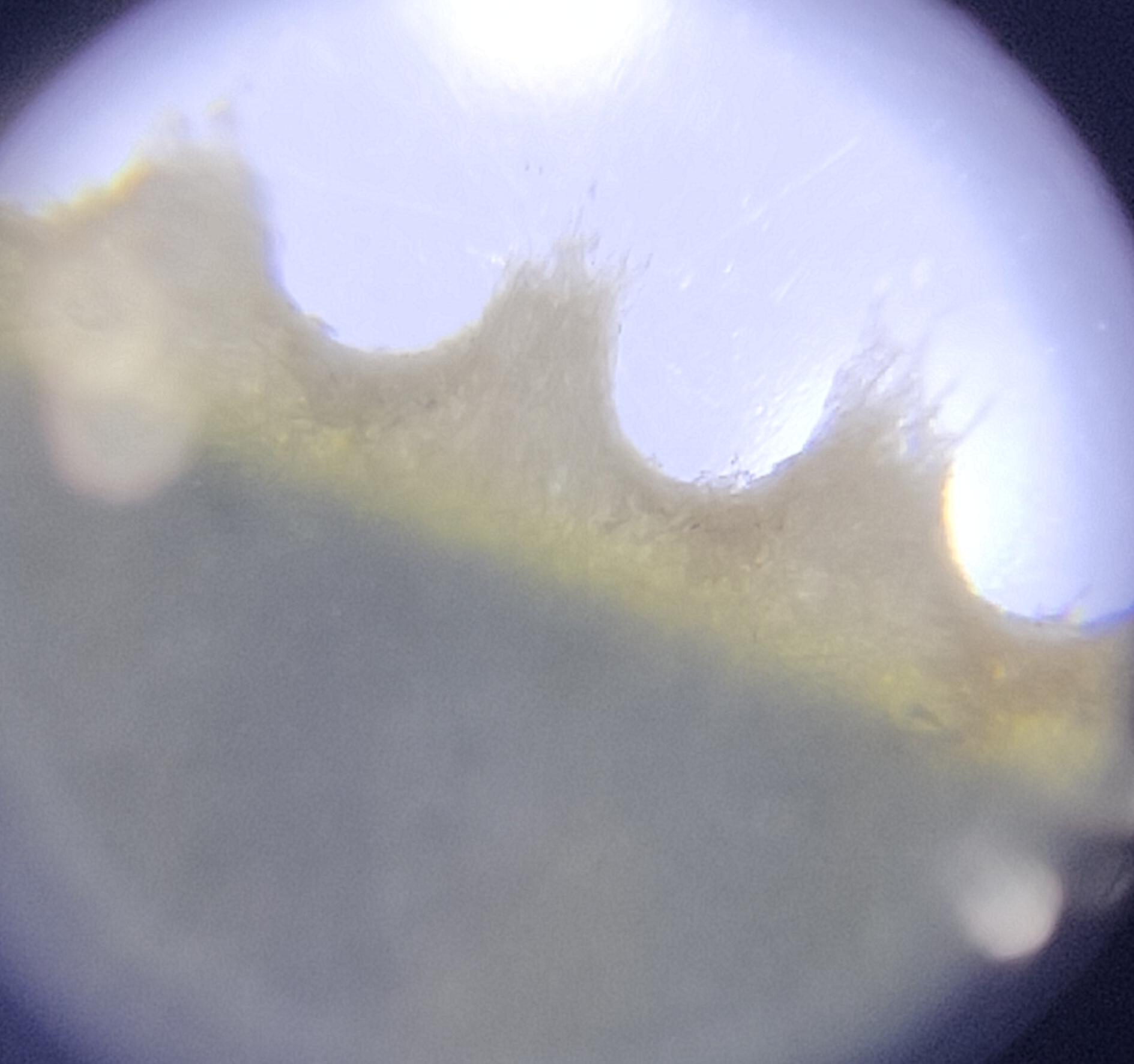It could be postally used, it could also be just a mere CTO. This is the duality of bar cancels on North Borneo stamps. Bar cancels refer to obliterators similar to those dumb types used in place of a datestamp. Usually with they are used prior to the introduction of a 'proper' datestamp that includes the town name.
As CTOs are common in North Borneo stamps due to its marketability to collectors, this dilutes the number of what is truly 'postally used'. It further complicates the situation when taken into consideration that forgeries of bar cancels do exist.
 |
| Without a proper guide, bar cancels are tricky although they are sometimes unique to each other. They have varying widths, number of bars, bar thickness, lengths, and sometimes even pointed tips. |
Ultimately, it brings forth the question: when do I consider bar cancels to be postally used? This is a question difficult to answer when only a fraction of the bar cancel appear on the stamp. Hence, it is best to assume that all bar cancels are CTO unless, with knowledge, that one can prove otherwise. The idea to assume so is also the best way to keep one from overspending on seemingly 'postally used' stamps, which I can attest to since I never pay any more than 30% of their catalogue value.
As mentioned, bar cancels are tricky. I believe so too, and I avoid buying them unless they are sold very cheaply. However, the crusade to completing the bar cancel series for North Borneo will commence now that I have just acquired a copy of The Postal History of British Borneo by Edward B. Proud.
 |
A Proud's 17-bar K4 of Sandakan
|
 |
| I remembered counting the bars one by one in front of a stamp dealer, to which I got: "eh... you seem to know your stuff". Desperation works in miraculous ways. |
A good sign of telling whether bar cancels are postally used or CTOs versions is its position on the stamp. A centered postmark, or any position other than the corners is a good sign since CTO bars are normally situated in the corners 'killing' all 4 stamps with a strike.
 |
Looks like K3 Labuan, with 9 thick bars but I am not too sure since it is applied at the corners.
|
 |
| This is a 14-bar K2 of Sandakan. Applied in the centre, this is very likely to be postally used as well. |
However, not all bars are created equal. Some bar cancels are much more elusive than the others. In addition, they do look great in the album! Besides looking for different font sizes for town cancels whenever I visit stamp dealers, I also started noticing bar cancels that were differently shaped.
 |
| Proud K2 of Jesselton |
As an example, a recently acquired stamp bearing the K2. Proud notes that K2 and K3 were used on loose mails.
 |
| K7 of Sandakan; used on late letters and ship mails. |
 |
| Initially, I thought this was also the same K7 as the previous scan. However, upon matching it they are different as this is slightly larger yet have a narrower space between the lines. K7 in Proud's book has 25-30mm space in between the bars while this current scan has a 20-25mm space. Of course, this could be attributed to it being worn out or the possibility of other handstamps with a different dimension. |
I have been avoiding bar cancels however, it is now an exciting journey worth pursuing. Without much delay, the hunt continues! Thanks for dropping by!











Comments
Post a Comment